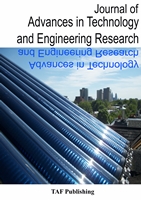
|
Published online: 2017
Abstract
This study provides scientific evidence on the catchability of low-powered incandescent light and LED light traps in catching crustaceans and fish from highly turbid water in Barito River, South Kalimantan. The experimental conditions encompassed highly turbid water, slow flowing, blocked water, and rarely vegetated habitat with water depths ranging from 2 to 4 m. The traps used were collapsible box-shaped trap, wire-square trap, acrylic-square trap, PVC box-shaped trap, wire fish trap, bamboo fish trap and minnow nets. The light traps were deployed randomly with an interval distance of 2.5 m using 1-night soaking time. Light traps sampling accounted for 343 shrimps (1 family), 53 fishes (6 families) and 2 crabs (1 family). The catches were dominated by Macrobrachium sp (98.54%) and Glossogobius giuris (36.54%). Collapsible trap fishing with incandescent lights was as effective at sampling as wire square trap fishing with LED lights. The minnow nets were excellent in catching shrimp and fish as compared with PVC box-shaped trap and wire/bamboo fish traps. Colour of light had strong effects on the number of shrimp and fish collected. For future applications in using LED light for trap fishing, a more comprehensive study on its efficiency for catching juveniles of target and non-target species is strongly recommended. |